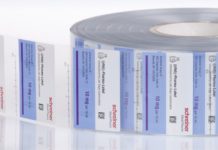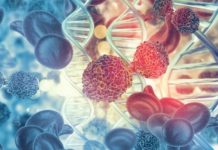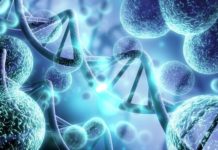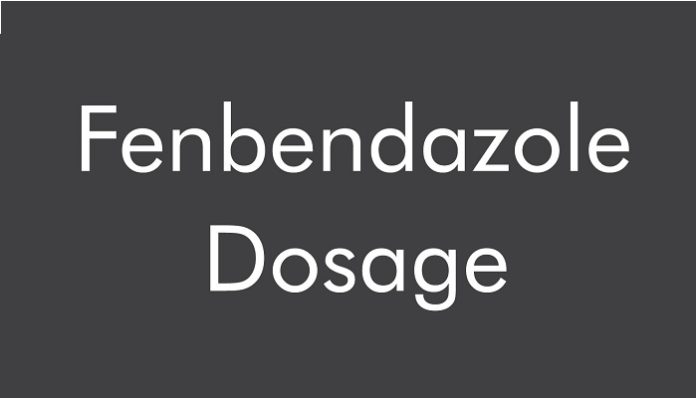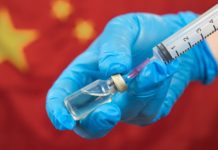The dosage of Fenbendazole depends upon the health condition of the patient, already prescribed medicines, and/or chemotherapy. Dosage may vary for every human being.
Dosage guide:
Note: Consultation with a professional is very important. The dosage depends on chemotherapy, additional drugs, pharmaceuticals or nutraceuticals, and natural products unrelated to cancer treatment. Fenbendazole can be taken, but without proper guidance from a medical consultant familiar with this side of the field can guide you further. This can prevent you from adverse effects of different drugs which don’t cope well with Fenbendazole.
Fenbendazole powder, fenbendazole capsules, fenbendazole tablets can be stored below 25 °C, keeping it away from the sun.
Toxicity, side effects, and metabolism of Fenbendazole
Toxicity, genotoxicity, and carcinogenicity
It is difficult to assess what certain health side effects regularly or profoundly dosed Fenbendazole may cause for people, as it’s anything but a prescription for individuals, and there is no past history of its human utilization. It is significantly more hard to anticipate the results when extra medication is taken along with Fenbendazole.
When consumed orally, Fenbendazole has very low acute toxicity (calculated in rodents). The exposure limit orally is still not determined (the acute toxicity threshold may be above 5000mg of material per kilogram of body weight).
The research concluded that 500mg doses per person did not result in any adverse effects. Furthermore, a single dose of 2000mg also didn’t have any adverse effects.
Using various Vivo and Vitro Genotoxicity tests involving European Medicines Agency, concluded that Fenbendazole is not genotoxic.
A 2-year study conducted resulted in evidence of carcinogenicity in mice.
Details of Fenbendazole being genotoxicity, toxicity, and carcinogenicity were retrieved from.
Side effects:
Human Reactions include:
- Liver damage (extremely rare)
- Diarrhea (rare)
- Jaundice (very rare)
- Vomiting (rare)
- Skin itching (very rare)
Metabolism
When Fenbendazole is absorbed into the body, two different actions occur in the body – Oxidation, and Hydroxylation.
The first process is the oxidation of the sulfide group. Catalization of sulfide occurs in the liver with the help of enzymes CYP3A and flavin-containing monooxygenase. This results in a new compound formation known as oxfendazole (this particular compound displays anticancer and anthelmintic properties.
The second process is also concerned with liver enzymes – CYP2C19 and CYP2J2. A new metabolite, hydroxyfenbendazole, forms by hydroxylating Fenbendazole.

The research on the processes occurring in the body tells us about a new drug forming from a pre-drug. This process produces another active drug.
The poor bioavailability makes Fenbendazole not 100% convertible to its metabolites. Our gastrointestinal tract only absorbs a small amount of fenben. All these drugs and post drugs (metabolites) are excreted with feces.
Note! The enzyme CYP2C19, used for metabolizing Fenbendazole, also metabolizes drugs, including amiodarone, apixaban, mesoridazine, tamoxifen, thioridazine ebastine, and cyclosporine.
On the off chance that a malignant growth patient chose to take one or a few of these medications along with bigger portions of Fenbendazole, one should reach their clinical expertise to get more data about the fusion among Fenbendazole and these medications, possible extra incidental effects, and presumably raised harmfulness.
To find out more visit: https://www.fenbenlab.com/




